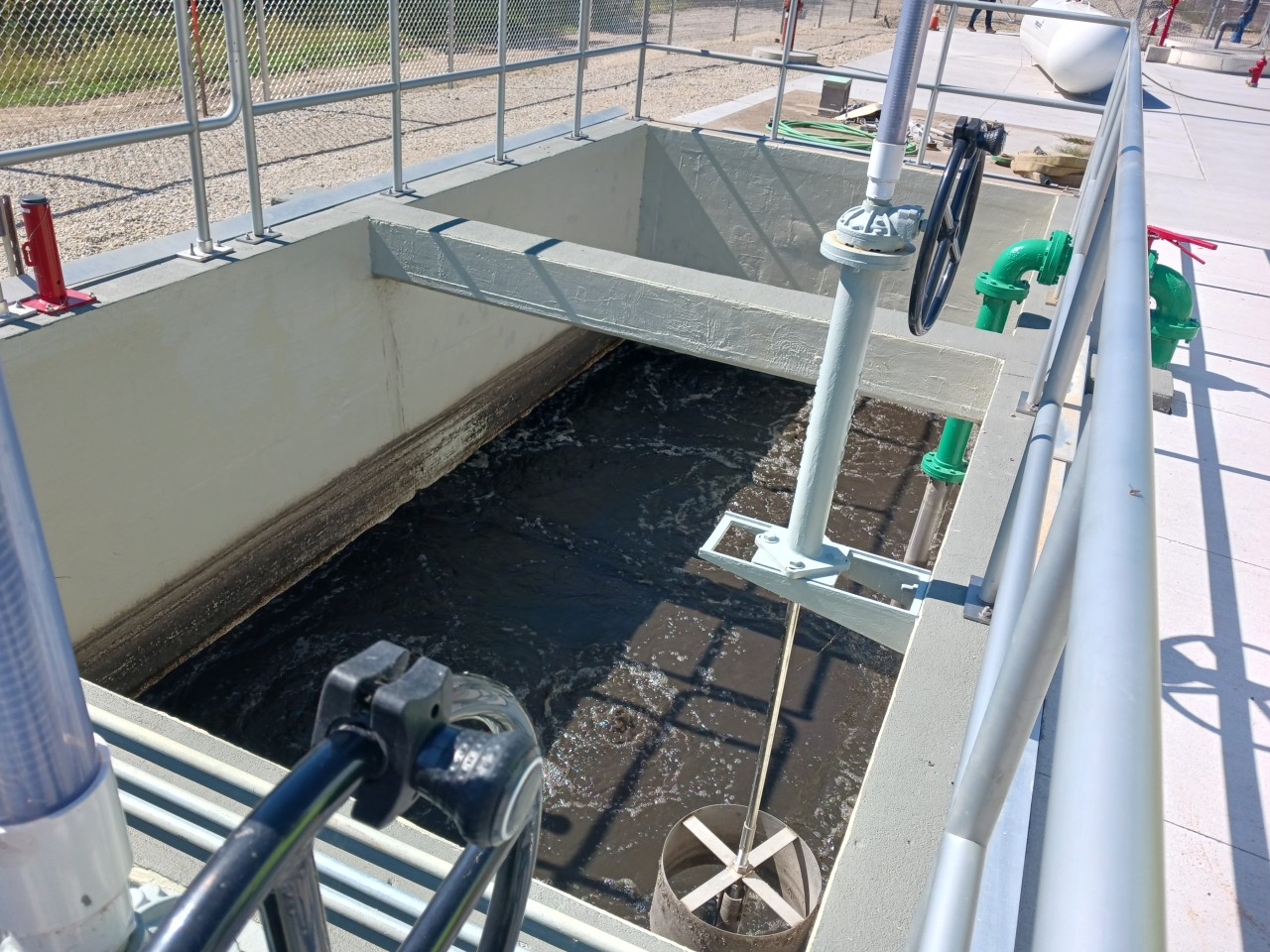Determining the best digester for wastewater treatment plants
Many wastewater treatment plants (WWTPs) use digestion to meet federal regulations and reduce total sludge volume. The correct digester optimizes operations and maintenance, so it's crucial to make the best choice – aerobic or anaerobic – for your WWTP.
Aerobic digestion is more suitable for small and medium WWTPs because of its high-energy demand. On the other hand, anaerobic digesters are widely used in large-scale WWTPs to reduce the amount of waste-activated sludge (WAS).
This post explains the types of digesters to process wastewater solids and why municipalities should partner with an expert to determine the appropriate digester for their treatment facility.
Choosing the right digester for your plant
Aerobic and anaerobic digesters are used to reduce the volume of solids and are processes that significantly reduce pathogens in the solids before disposal. However, there are distinct differences between aerobic and anaerobic digesters.
We consider many factors when determining the type of digesters in a WWTP. They include:
- Type of organic waste. Solids can be primary sludge (settled before secondary treatment), biological sludge (produced during secondary treatment) or a combination of both.
- Operation mode. Aerobic digesters require oxygen. Anaerobic digesters operate without oxygen but require the sludge to be heated.
- Design configuration/scale. Aerobic digesters are common for smaller WWTPs because of lower capital costs and operation ease. Anaerobic digesters are common for larger WWTPs because of their ability to produce large quantities of biogas, which can be used to heat the digester and/or generate power.
The following table highlights the differences between aerobic and anaerobic digestion systems.
The right type of digester improves wastewater treatment efficiency and mitigates operation challenges. An expert can help you choose the best digester for your wastewater infrastructure.
Fehr Graham helps municipalities optimize wastewater treatment facilities
At Fehr Graham, we are a team of wastewater engineers committed to strengthening and improving wastewater infrastructure across communities in the Midwest and beyond. We have helped municipalities upgrade and retrofit their wastewater treatment plants.
One of our ongoing wastewater engineering projects involves planning, designing and engineering digester complex improvements for Fox Metro Water Reclamation District. We have helped Fox Metro operators procure digester covers and mechanical mixers. We have also designed a digester control building to house the electrical equipment and boilers. The NFPA 820-compliant improvements to the digester control building have ensured efficient wastewater treatment.
To learn how Fehr Graham can help you determine the right digesters for wastewater treatment plants, contact us or give us a call at 563.927.2060.

|
Lucas Elsbernd, a Professional Engineer and Senior Project Manager, finds innovative solutions to challenging water and wastewater projects. He manages municipal, commercial and industrial planning and design projects in the water resources environment. He fosters a positive client experience and collaborates with leaders throughout the firm on project pursuits and technical issues. Lucas is one of the firm’s water and wastewater experts. He has a strong technical knowledge of water and wastewater treatment design and construction engineering. He can be reached at This email address is being protected from spambots. You need JavaScript enabled to view it.. |


